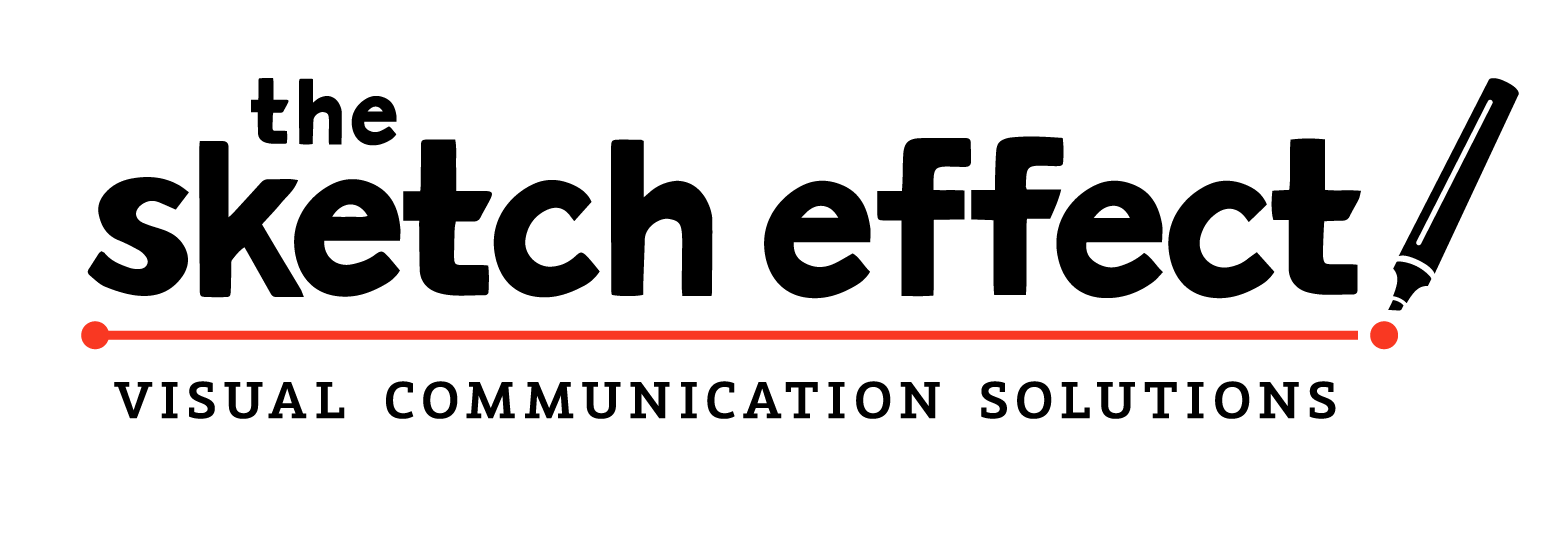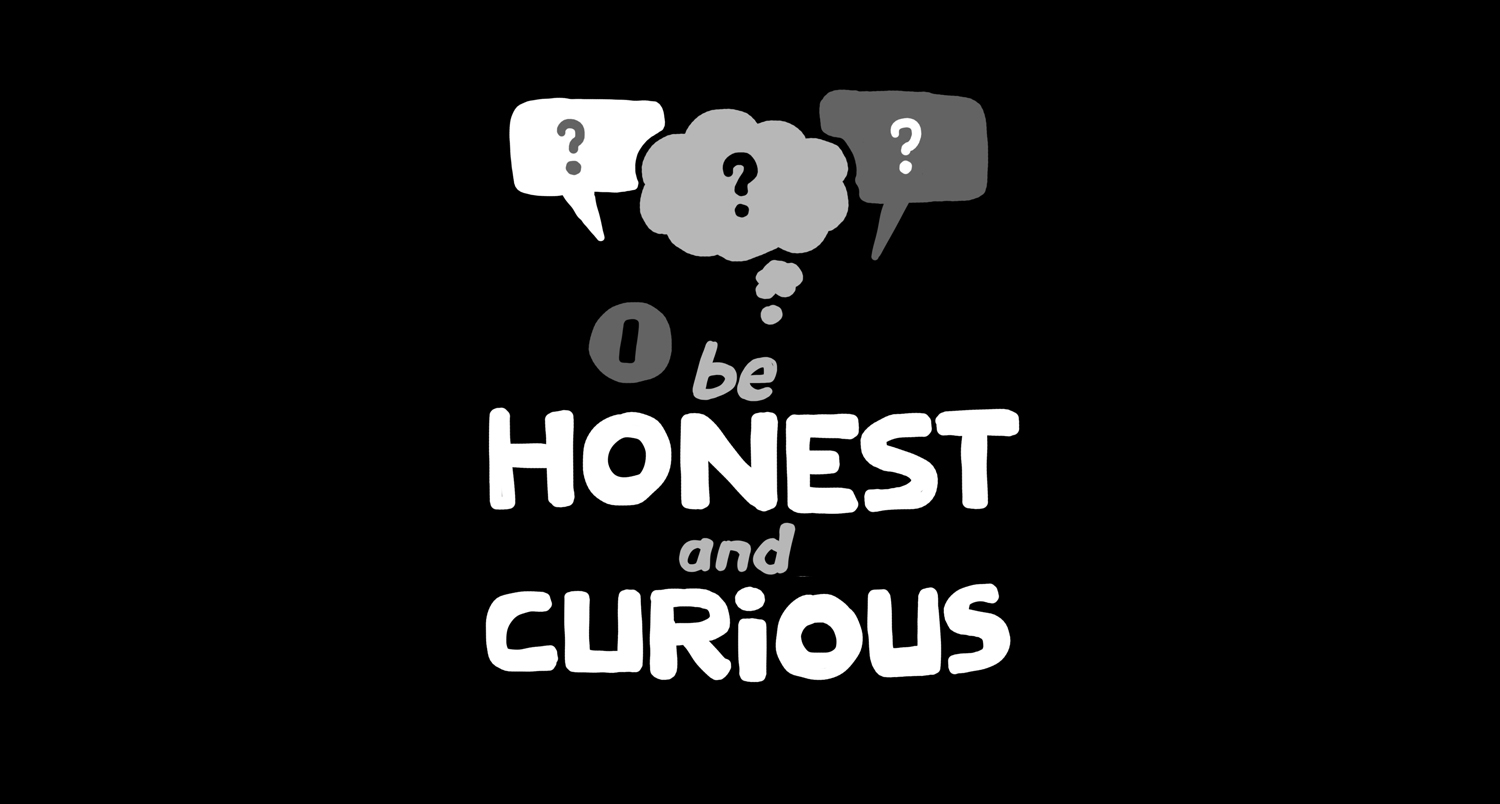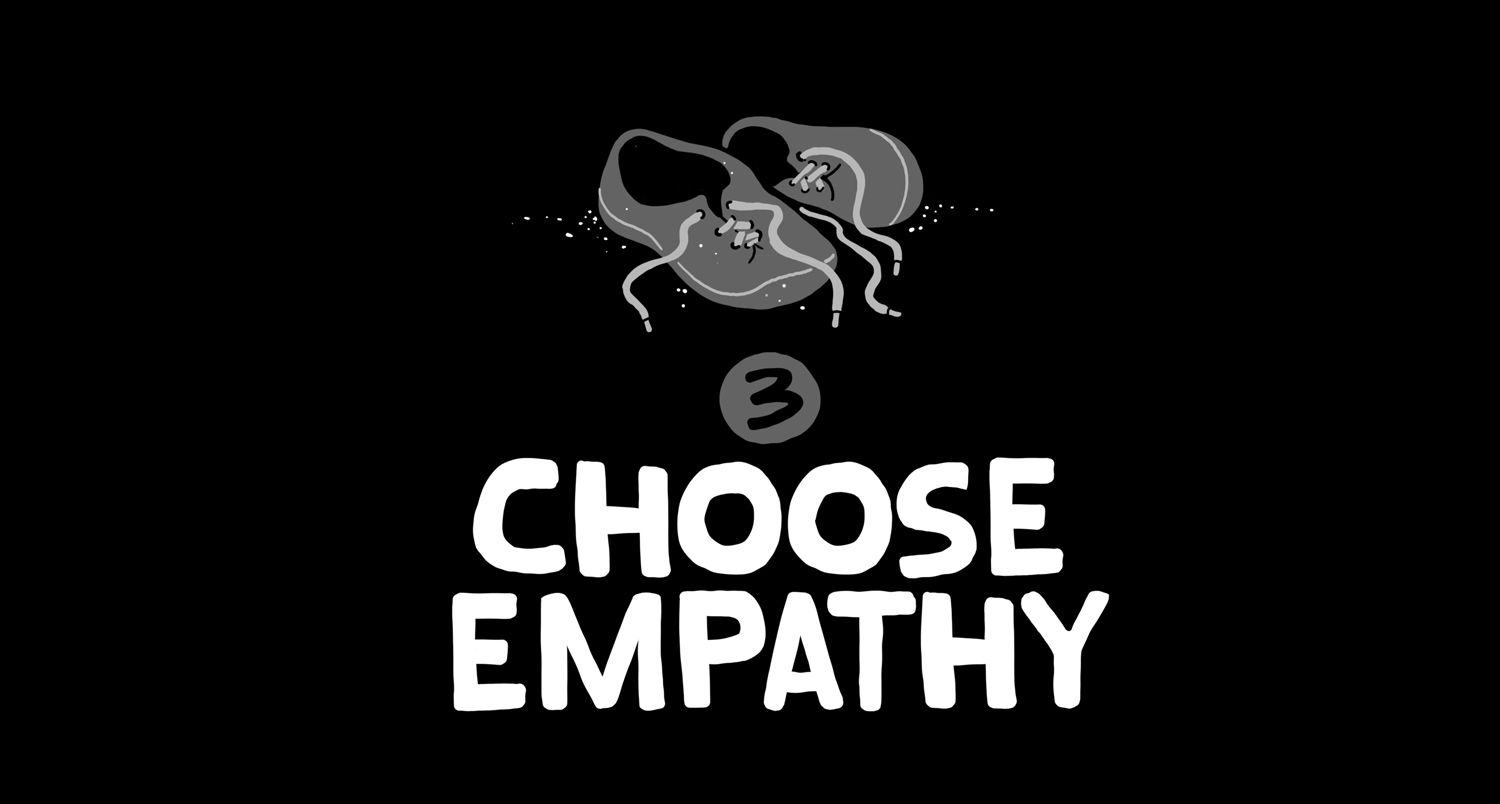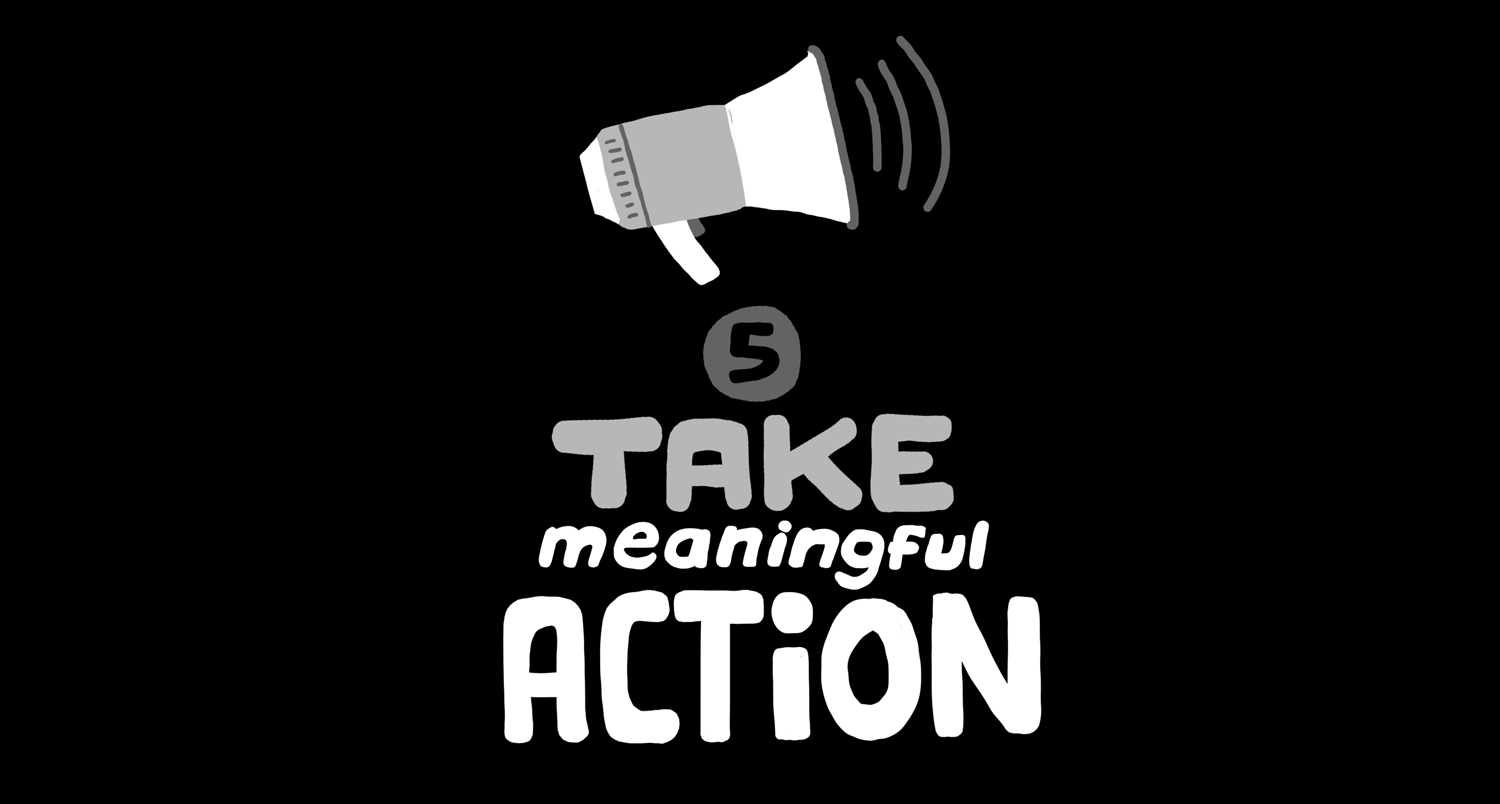As people in our nation and those around the world come to grips with the realities of racism, one important idea (among many) has emerged:
The importance of listening.
No matter the topic, when complex, difficult, or emotional issues arise, it’s critical to assume a posture of listening. Without sincere listening, divisions will only get wider and positive change will remain out of reach.
At The Sketch Effect, we know a thing or two about listening. We’re not sociologists, journalists, activists, historians or politicians – we’re artists who listen, synthesize, and draw out what we hear. Active listening is critical to the work we do day after day.
That said, we’d like to offer a few helpful tips for becoming a better listener. These are strategies straight from our manual that we use to train new Sketch Effect live artists and coach existing live artists.
We hope this is helpful as you approach difficult conversations.
1. Be Honest and Curious
Listening must begin from a place of honesty and curiosity. Be honest with yourself: how is your state of mind? Are you distracted by anything? Are you tired? All of these things can negatively impact your ability to listen, so honestly acknowledging your internal or external distractions is the first step to active listening.
Also, be curious. Approach a listening situation with a desire to learn. We like to think of this as “confident curiosity” because it means you can be curious without feeling threatened.
Now, as you strive for honesty and curiosity, you will inevitably bump into one or more of your internal biases, which brings us to step two.
2. Pause Your Bias (and Identify Your Hot Buttons)
We all have biases whether you know them or not. Some of these biases are good biases, rooted in core beliefs and personal values. Other biases are not so good, like those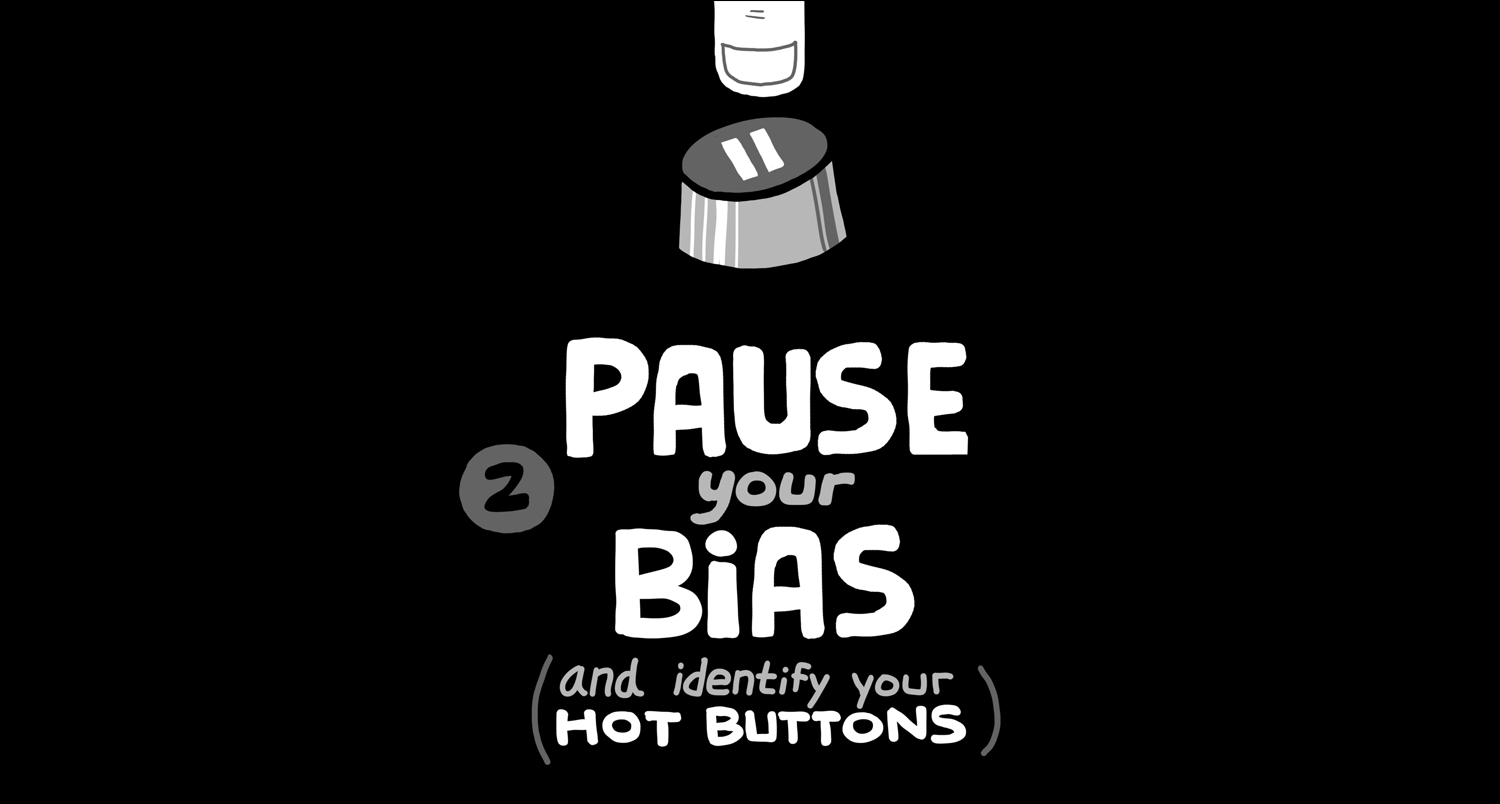
When listening, you will naturally “filter” what you hear through you bias. This will distort what you hear and force you into a polarizing dichotomy of either agreeing or disagreeing. Confirmation bias is a great example of this.
When you assume a posture of listening, your goal isn’t to determine whether you agree or disagree. Your goal is to simply listen and understand. What you do with your newfound understanding comes later.
To listen well, pause your bias. This doesn’t mean abandoning your core beliefs or changing your mind necessarily. It just means you’re being a good listener.
Also, it’s critical to identify your hot buttons. We all have hot buttons that when pressed trigger all sorts of reactions—good, bad and ugly reactions. Take time to really “audit” your hot buttons. What are the ideas, phrases, or people that trigger you? We encourage you to literally write them down, so that when they come up in discussion you can rise above your reaction and simply listen.
3. Choose Empathy
Building off of steps one and two, it’s important to choose empathy. Empathy, or the ability to understand and share the experience of another, doesn’t come naturally to most of us, so it has to be a choice.
Try to put yourself in another’s shoes. Try to feel what it’s like to be on the other side. Try to summon sincere interest.
To goal here is to try. You probably won’t be perfectly empathetic, but a little empathy will go a long way to improving the quality of your listening.
4. Synthesize
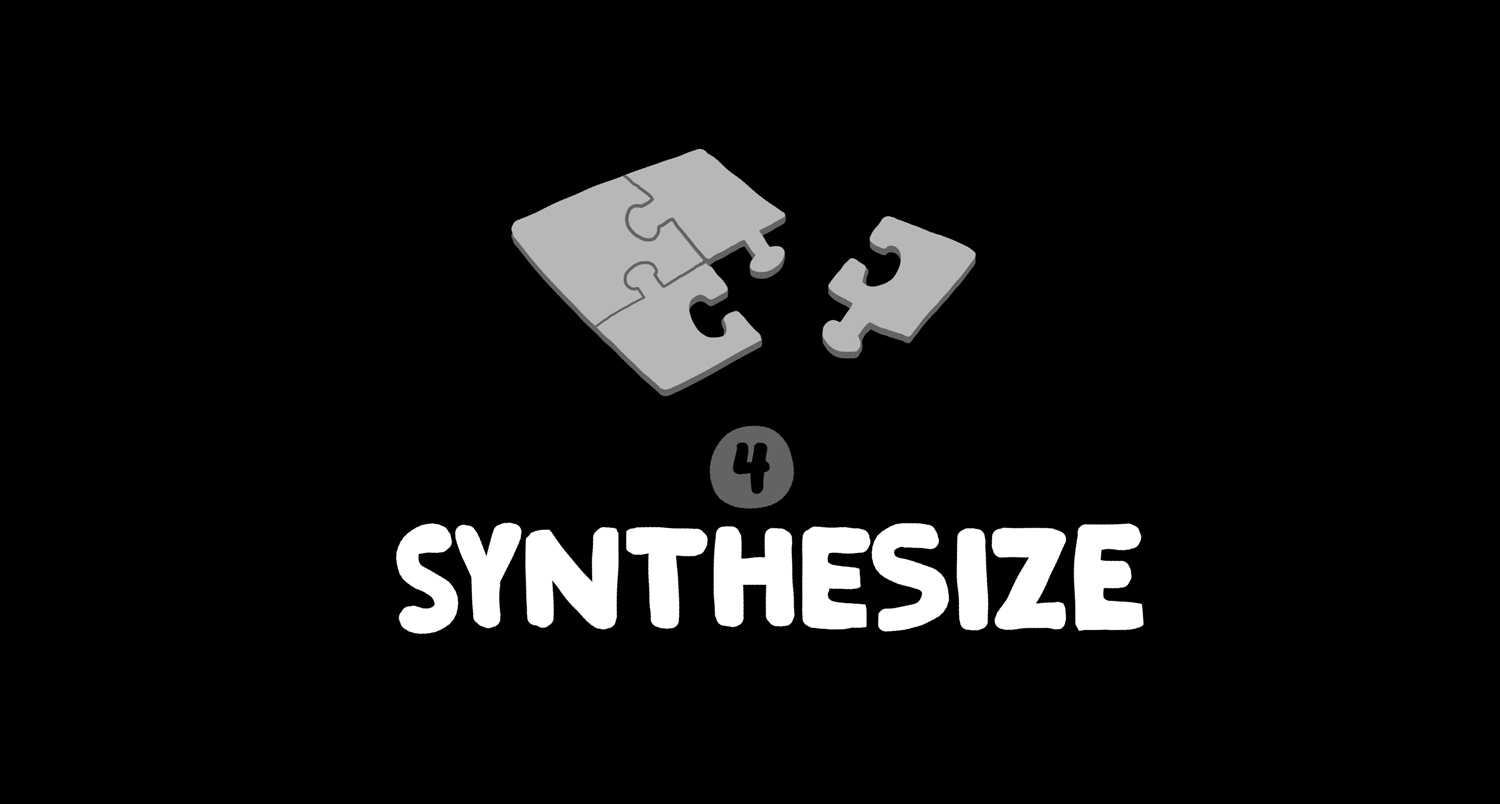
Synthesis is about getting to the essence of the discussion. What are the core ideas and emotions at the heart of what is being said?
One tip for synthesis is to listen for “cues”. As people speak, they will give cues or signals. These can be verbal cues or non-verbal cues. More obvious verbal cues are things like repetition, metaphor, hyperbole, dramatic pauses or leading phrases. Less obvious verbal cues are things like change in pitch, cadence or volume. Non-verbal cues include body language or posture.
As you synthesize, it’s important not to become a mind-reader where you assume something the speaker is not intending. To hedge against this, if it’s appropriate in the context, you can repeat back “listening summaries” (short, reflective statements to ensure you’re hearing the other correctly) as the conversation continues.
Once you’ve put the pieces together, it’s now time to do something about it.
5. Take Meaningful Action
Step five is action. Action can be taken in many different ways.
For our team of live artists, we “take action” by drawing out the synthesized ideas and equipping our clients with the finished sketches.
For the rest of us, taking action might be reading a new book or listening to a new podcast. Or maybe you take action by setting up another time to talk. Your action may be bold and big, like joining a protest or donating to a cause. Your action may even involve changing career paths, moving to a different neighborhood, or taking steps to expand your social circle.
Conversely, taking action might simply be to cordially agree to disagree. The action is up to you.
What’s important is that now, having sincerely listened, you can take meaningful action and take it with confidence.
To conclude, in times like these, listening matters most. Complex, difficult and emotional discussions can be incredibly intimidating. However, rather than running away and retreating to places of intellectual or emotional comfort, we encourage you to step up and listen.
At the very least, you can cordially agree to disagree and move on with a better understanding of the issue’s complexities. At best, when paired with meaningful, positive action, we can achieve healing and take one small step towards a better tomorrow.

